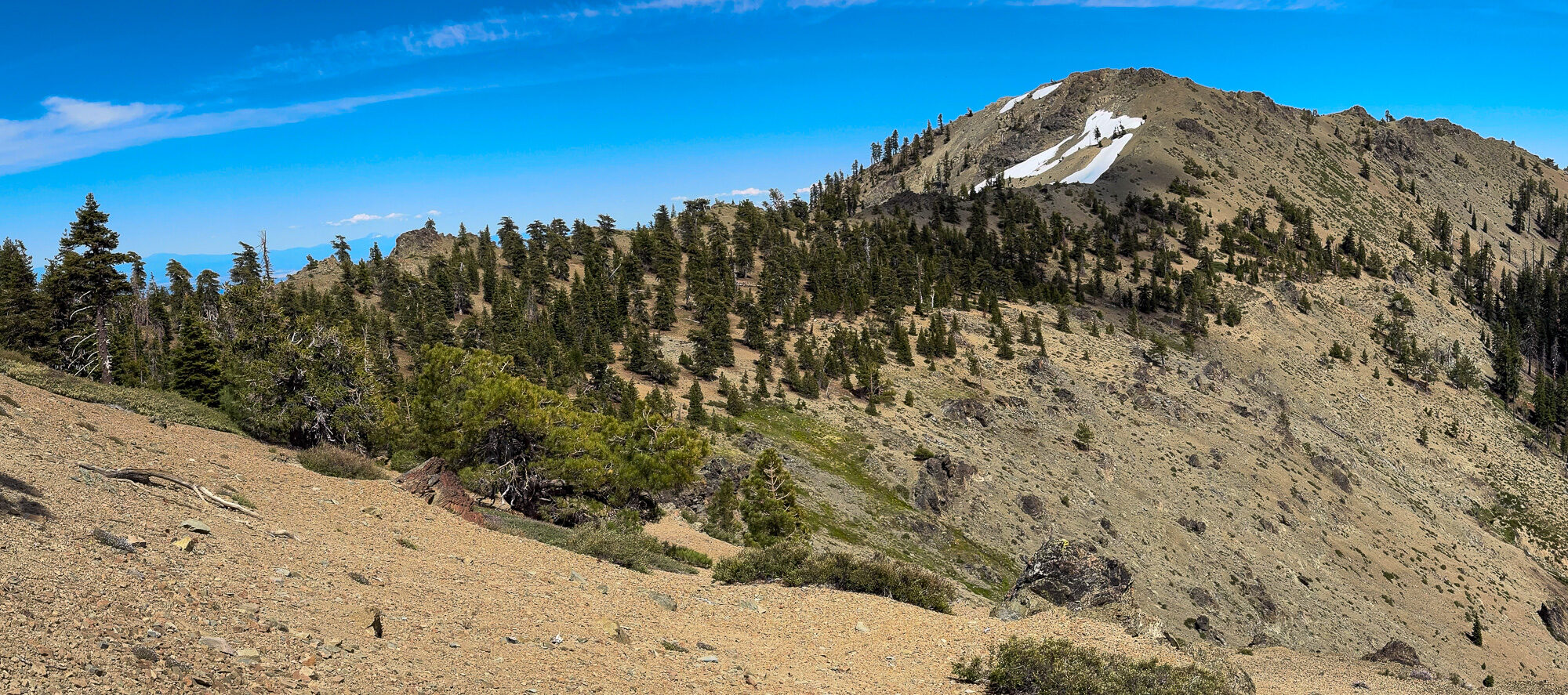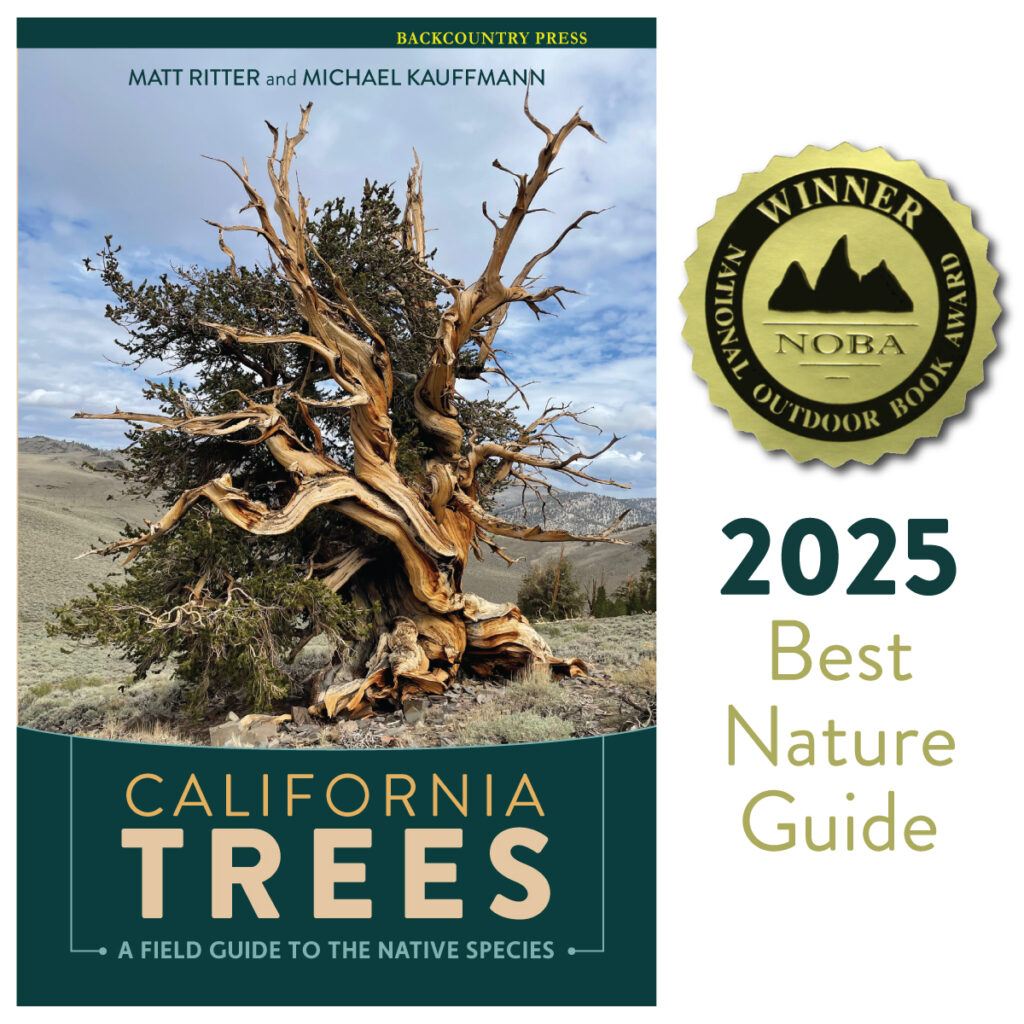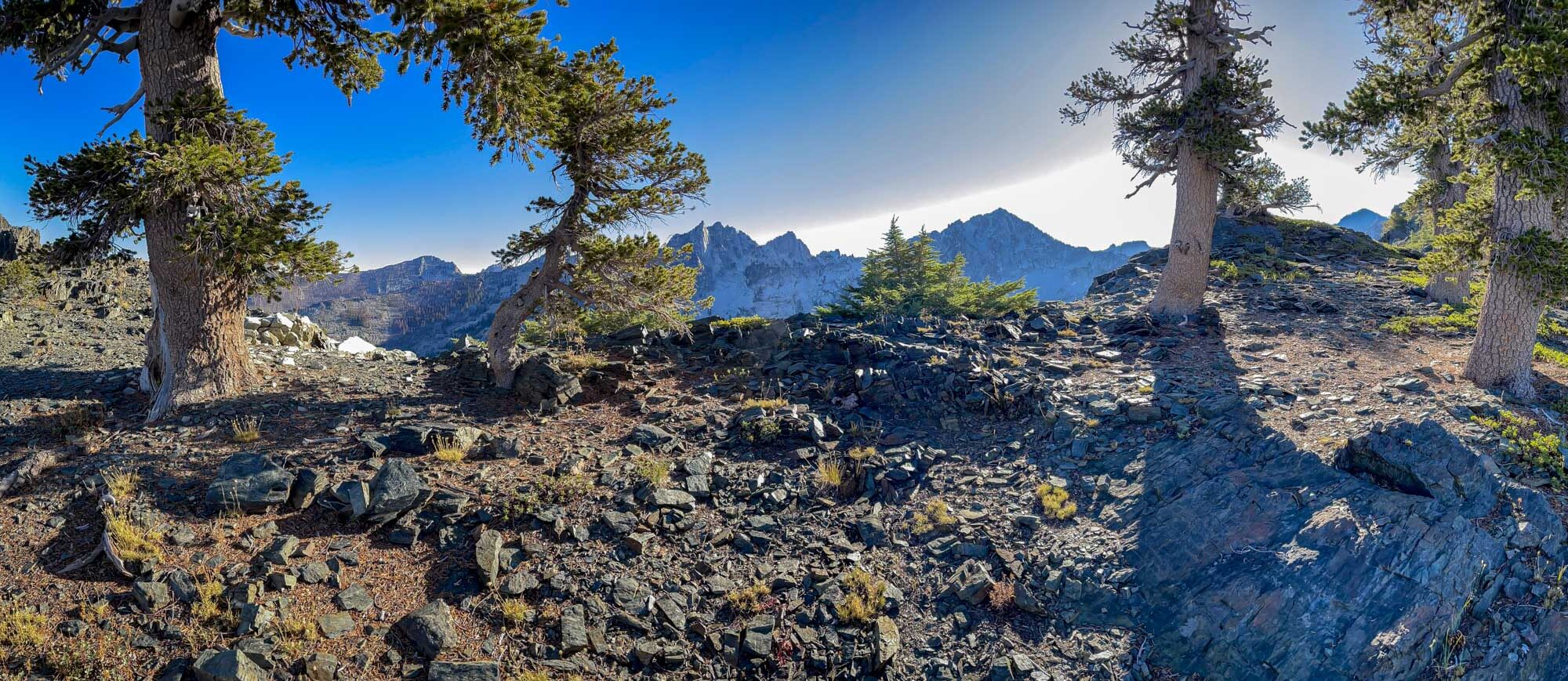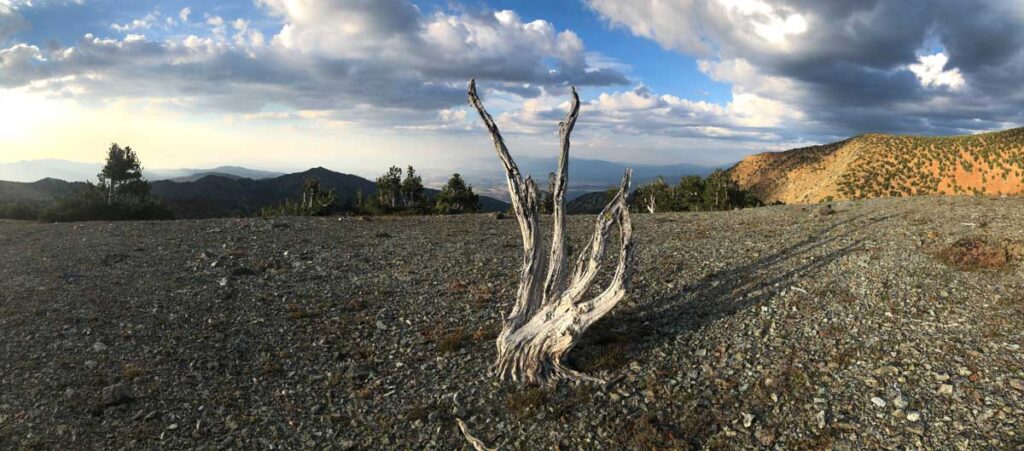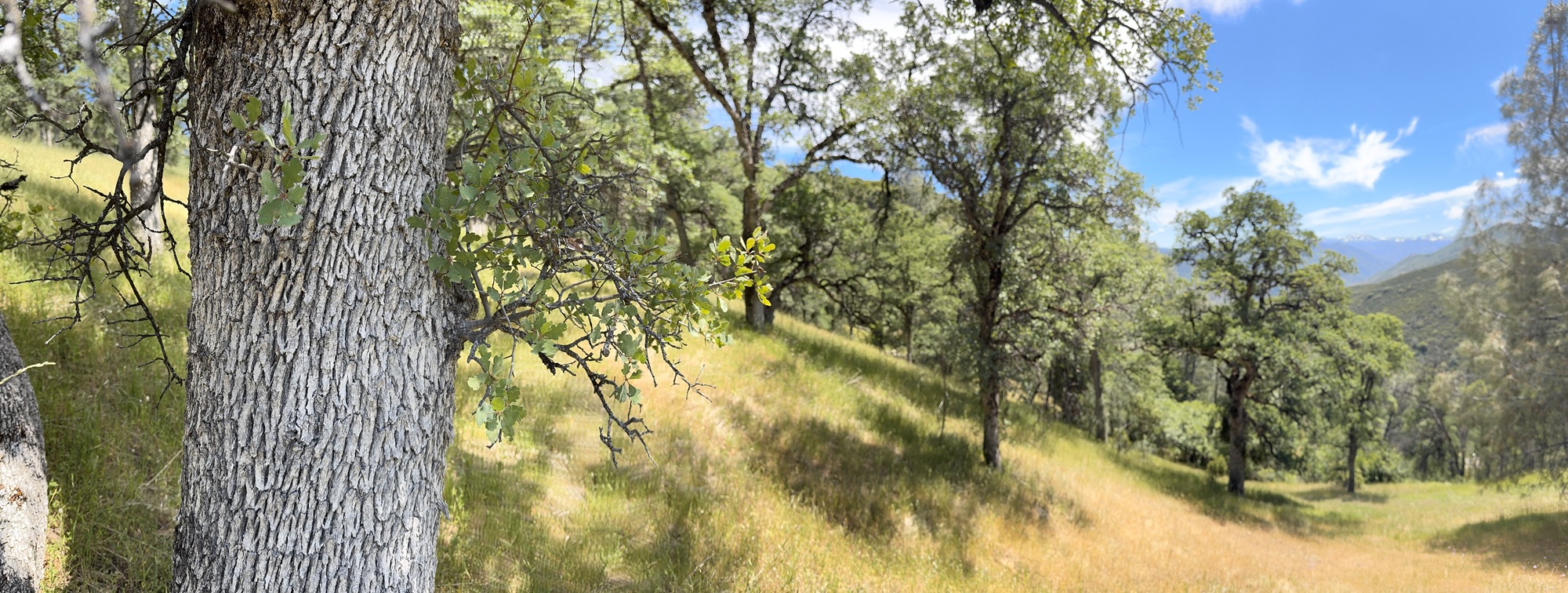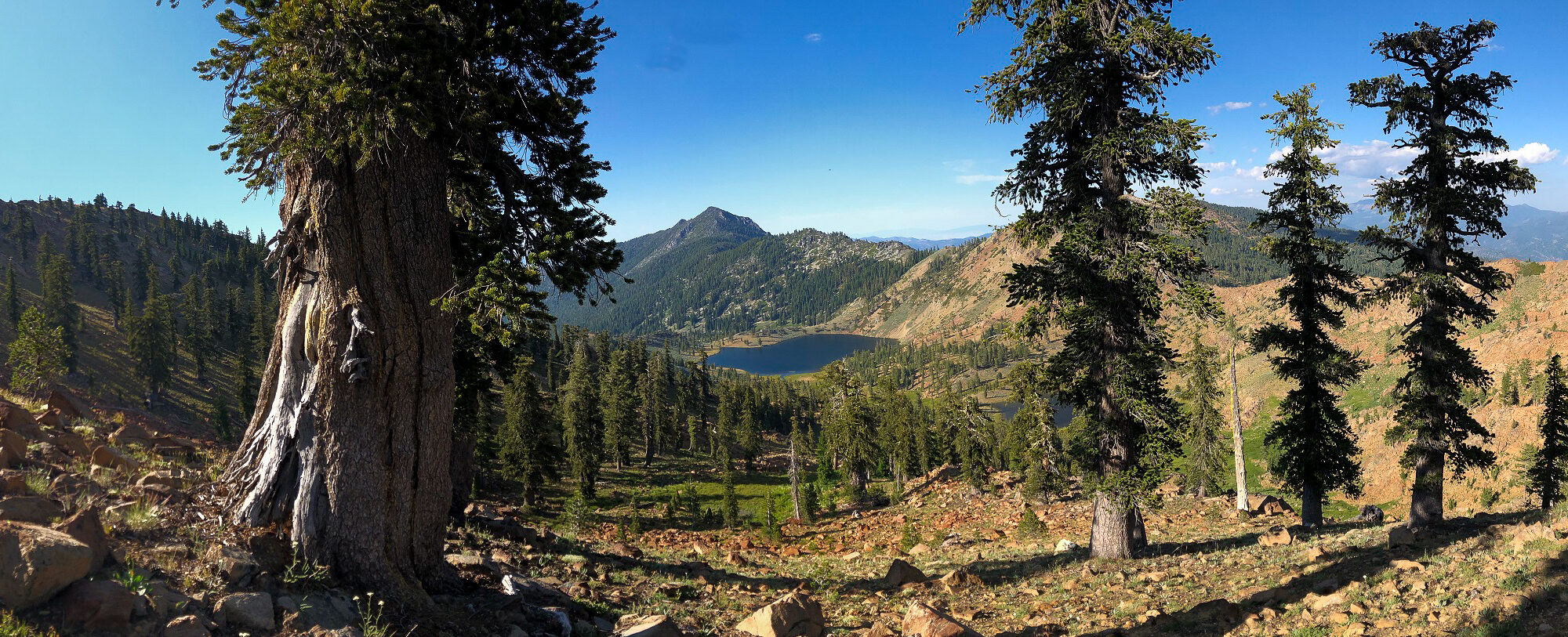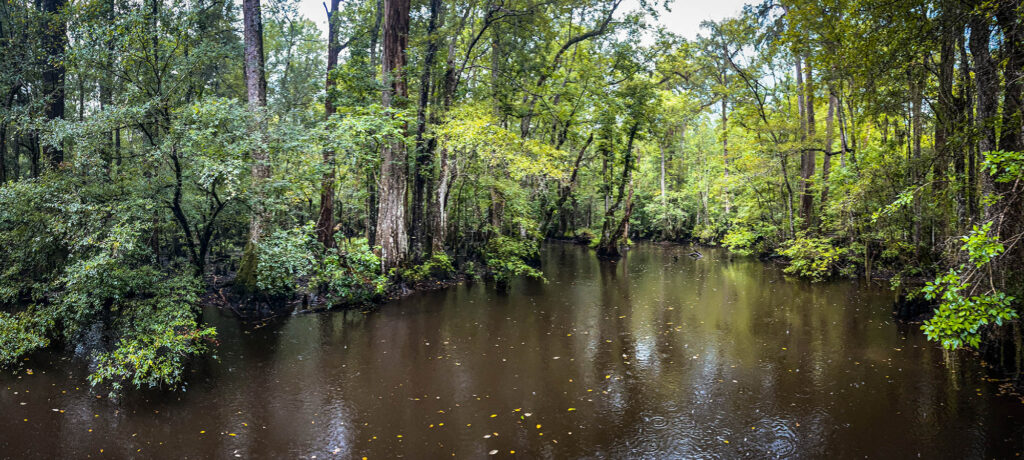A celebration of craft, collaboration, and California’s native forests
Release from Backcountry Press
Kneeland, CA — Backcountry Press is honored to announce that California Trees: A Field Guide to the Native Species, co-authored by botanist Matt Ritter and ecologist Michael Kauffmann, has been awarded the 2025 National Outdoor Book Award (NOBA) in the Nature Guides category. This prestigious recognition celebrates excellence in outdoor writing and publishing—and affirms the enduring importance of California’s native tree flora.
Selected by NOBA for its clarity, scientific rigor, and exceptional design, California Trees offers a vibrant, accessible guide to all 95 native tree species found across the state. Through full-color photographs, detailed range maps, and clear botanical descriptions, the book illuminates the intricate stories of the trees that shape California’s landscapes—from coast redwoods brushed by Pacific fog to the whitebark pines standing resilient on alpine ridges.
Continue reading “California Trees Wins National Outdoor Book Award”